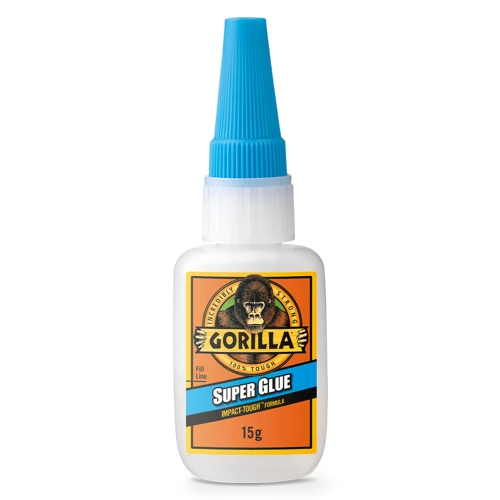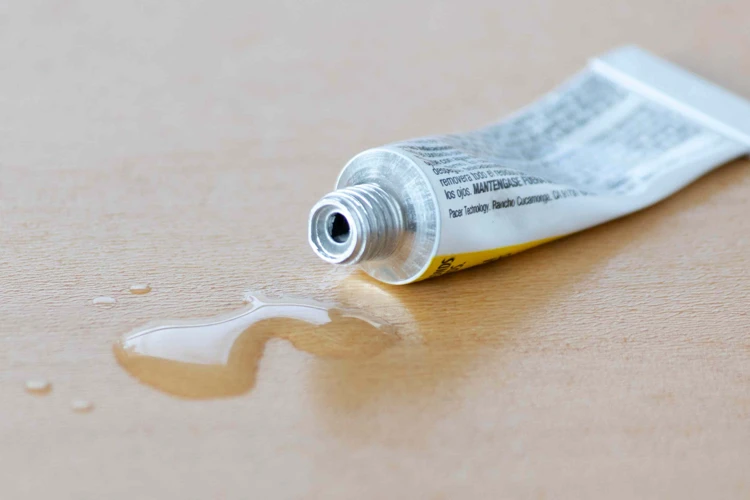Often, we find ourselves stuck with a bottle of super glue that has solidified before its time. It’s a common predicament that leads to frustration and waste. However, before you toss that tube, consider the possibility of super glue restoration. With the right approach, you can reuse dried super glue, transforming what seems like a lost cause into a valuable adhesive once more.
Understanding Super Glue Reactivation
Super glue, known scientifically as cyanoacrylate, is renowned for its strong bonding capabilities. Unfortunately, it’s also prone to premature drying within its container. The key to super glue reactivation lies in understanding its composition and the factors that cause it to solidify. By reversing these factors, one can often bring the glue back to a usable state.
Methods to Revive Super Glue
Method 1: Gentle Warming
One effective method to revive super glue involves gentle warming. Heat can reduce the viscosity of the dried adhesive, making it malleable once again. However, caution is advised, as excessive heat may ruin the glue’s properties or cause it to emit harmful fumes.
Method 2: Solvent Application
Applying a solvent is another approach to tackle hardened glue. Certain chemicals can break down the bonds within the adhesive, returning it to a liquid state. This method requires careful selection of solvents to avoid damaging the glue’s integrity.
Method 3: Container Modification
Sometimes, the problem is not with the glue itself but with its dispensing. A modified container can help in extracting the remaining usable adhesive, bypassing the dried portion that typically blocks the nozzle.
Step-by-Step Guide to Reuse Dried Super Glue
Step 1: Assessing the Glue’s Condition
Begin by evaluating the extent of the drying. If the glue is completely solid, restoration may not be possible. However, if there’s any give or a liquid portion remains, proceed with the revival process.
Step 2: Preparing the Dried Glue
Prepare the dried super glue for reactivation by removing it from its original container if necessary. This can help in determining the exact amount of usable adhesive left and the appropriate revival method to employ.
Step 3: Activation Process
Depending on the chosen method, apply heat or solvent to the dried glue cautiously. Monitor the process to ensure that the adhesive returns to a usable state without overexposure to the reactivating agent.
Step 4: Application Techniques
Once the glue is revived, apply it promptly to the desired surface using appropriate techniques. Ensure that the bond is secure before considering the task complete.
Step 5: Preservation for Future Use
After completing your repair, take measures to preserve the remaining super glue. Proper storage can significantly extend super glue life, preventing future drying.
Dried Glue Hacks for Various Surfaces
Different surfaces require different dried glue hacks for effective bonding. Materials like plastic, ceramics, and metal each have their own peculiarities that must be considered when reusing dried adhesive.
Reusing Cyanoacrylate in Household Repairs
Fixing Plastic Items
When reusing cyanoacrylate to fix plastic items, ensure that the surface is clean and dry. Revived super glue can effectively mend breaks or cracks, restoring the item’s functionality.
Mending Ceramics and Glass
Ceramics and glass require a delicate touch. The revived adhesive must be applied sparingly to prevent excess glue from marring the surface’s appearance.
Repairing Wood and Furniture
Wood and furniture repairs benefit greatly from super glue salvage. The revived adhesive can fill in gaps and bond pieces with impressive strength when applied correctly.
Hardened Glue Solutions: Safety Precautions
While pursuing hardened glue solutions, it’s crucial to prioritize safety. Always work in a well-ventilated area and wear protective gear to safeguard against potential hazards associated with solvents and heat.
Super Glue Salvage: Tips and Tricks
Effective super glue salvage often involves creative tips and tricks. For instance, using a pin to clear a blocked nozzle or blending small amounts of solvent directly into the tube can yield surprisingly positive results.
How to Extend Super Glue Life
Storage Best Practices
To extend super glue life, adhere to storage best practices. Keep the adhesive in a cool, dry place, and ensure the cap is tightly sealed after each use to prevent air from entering the container.
Preventive Measures to Avoid Drying
Preventive measures can greatly reduce the risk of drying. For example, storing the glue in a moisture-free environment and minimizing exposure to air are simple yet effective strategies.
If you’ve ever found a bottle of super glue that’s dried out, you might think it’s destined for the trash. However, there might still be hope! Our article on how to fix dried super glue provides helpful tips on reviving your adhesive so you can get back to your projects. But what if you’ve had an accidental spill? No worries, we’ve also got a guide on how to get super glue off ceramic, ensuring your surfaces stay clean. And if you’re dealing with larger adhesive challenges, you might be interested in our piece on how to melt adhesive glue for more robust solutions. Whether you’re a DIY enthusiast or just looking to salvage your supplies, these articles offer practical advice for dealing with super glue dilemmas.
Conclusion: Maximizing the Potency of Super Glue
In conclusion, with the right knowledge and techniques, you can maximize the potency of super glue, turning dried-out tubes into valuable assets once again. Embrace these methods and tips to not only save money but also to contribute to a more sustainable and resourceful way of living.


